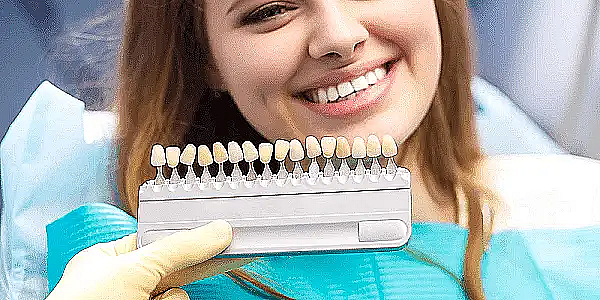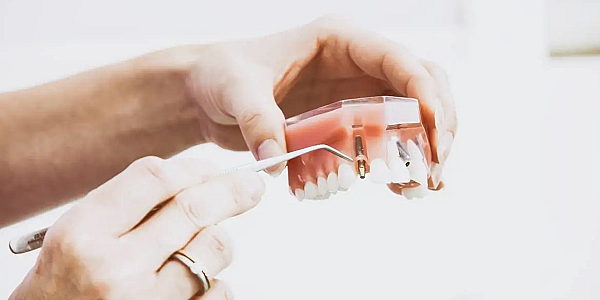The difference between the dental crown used to restore the tooth and the crown on the implant
Dental crowns are an important part of cosmetic dentistry and have been extremely popular in recent decades. In addition to the aesthetic function (a high-quality dental crown perfectly mimics a healthy tooth), dental crowns have other important functions – masticatory and phonetic. The latest materials used in dentistry (ceramics, zirconium) have revolutionized this treatment.
Both the simple dental crown and the dental crown on the implant are prosthetic works. Dental crowns in the usual sense of the word need a tooth as a base (healthy or properly treated, with stable roots), while implant crowns replace an already missing tooth. The crown on the implant is the optimal solution after tooth extractions or trauma accompanied by tooth loss. Although the process of creating such a dental work is not a simple one, the crown on the implant solves and prevents many problems, being the only long-term solution that really deserves an investment.
What problems does the dental crown on the implant solve?
Problems begin immediately after tooth loss and continue to worsen over time. First of all, the patient's usual activities - speech and eating - are disturbed. Resorption of the bone that supported the tooth begins, which can considerably complicate subsequent interventions. Over time, adjacent teeth migrate towards the empty space – the entire dentition suffers. A dental treatment appropriate to the case and, most importantly, carried out on time can save a lot of money and nerves for the patient.
The dental crown on the implant replaces the missing tooth in the most natural way possible. The crown itself is built on two other elements – the artificial abutment (transfer cap) and the dental implant inserted into the bone. The implant is closely connected to the jawbone through osseointegration, which ensures the stability of the crown. Both the smile and eating or speaking are perfectly restored.
Why the crown on the implant is the optimal solution
Obviously, there are some alternative solutions for the edentulous gap – dental bridges and removable prostheses. But they have a different mode of operation and a different life span. Compared to a dental bridge or a removable prosthesis, the crown on the implant is the optimal solution.
The dental bridge involves grinding the adjacent teeth, thus they are involved in the dental intervention, although they were perfectly healthy. The roots of the adjacent teeth have to support the forces applied to the edentulous area as well. Healthy teeth lose their vitality through grinding and become more vulnerable to infection and decay. The movable deck is another example of uneven pressure distribution, because of this the decks often deform. These works have limited periods of proper operation.
The crown on the implant, compared to other dental works, can adequately perform its function even for a lifetime. This is the most important advantage – with proper dental hygiene and regular preventive visits to the dentist, a dental crown on an implant lasts wonderfully over time. It is important to trust an experienced dentist and choose only the best materials for dental work.



